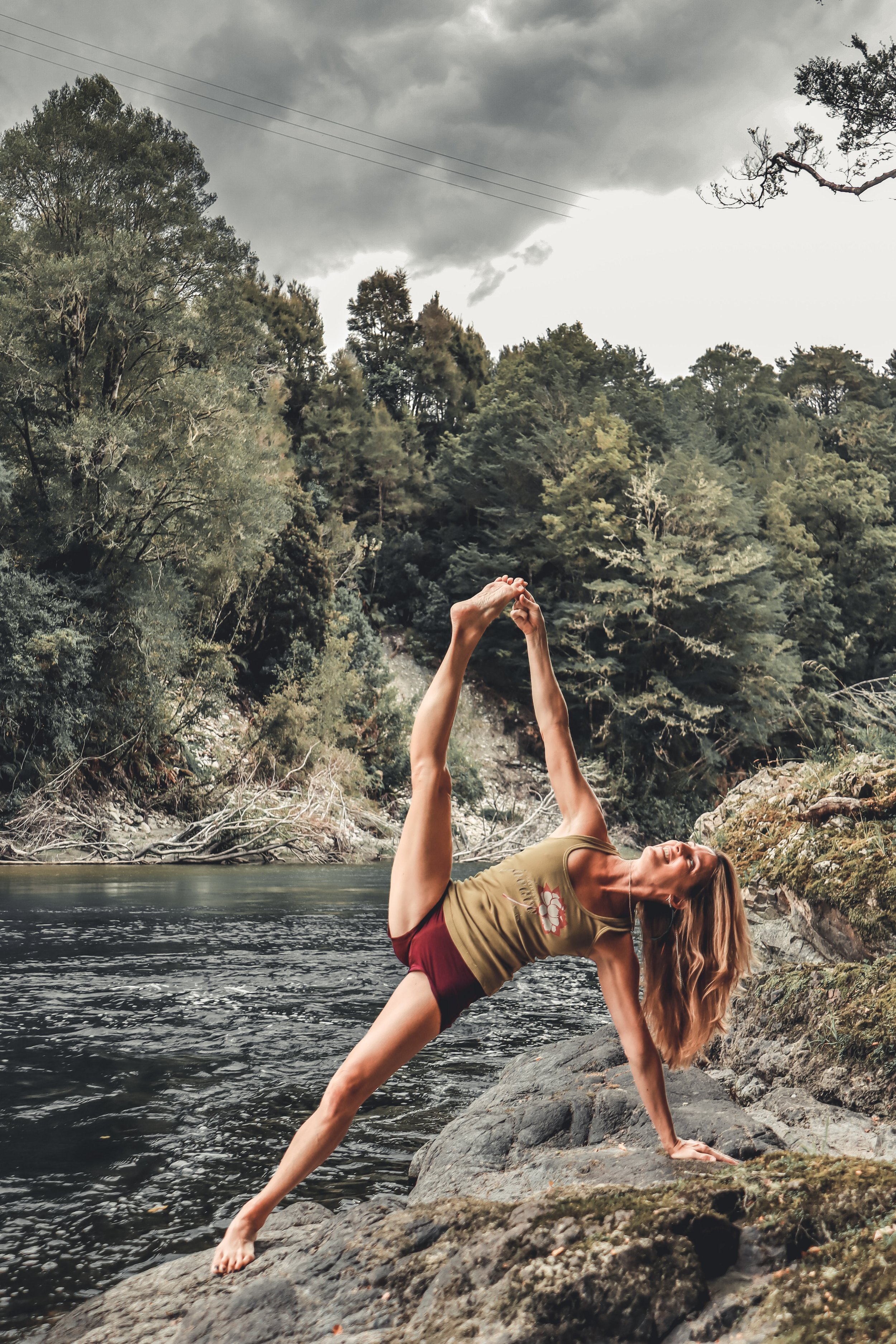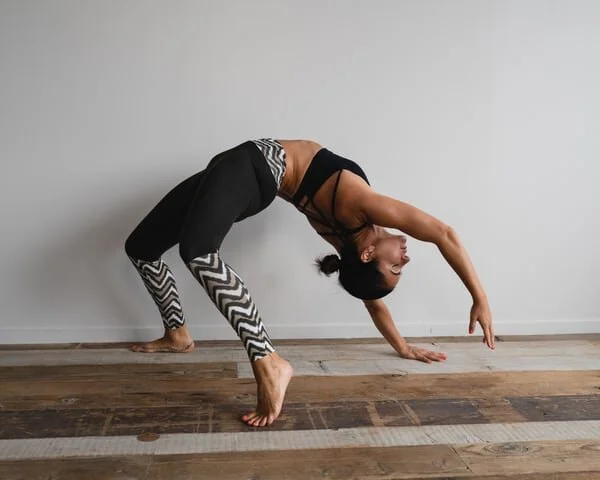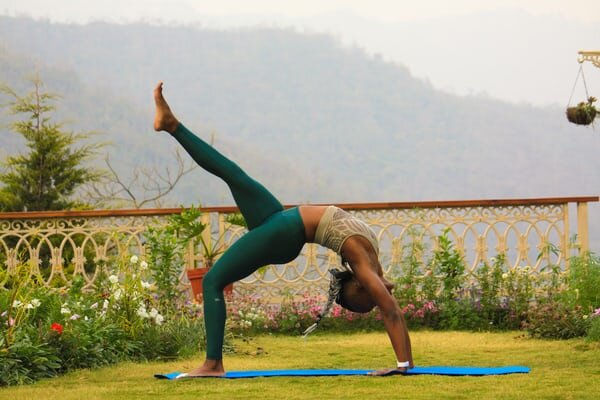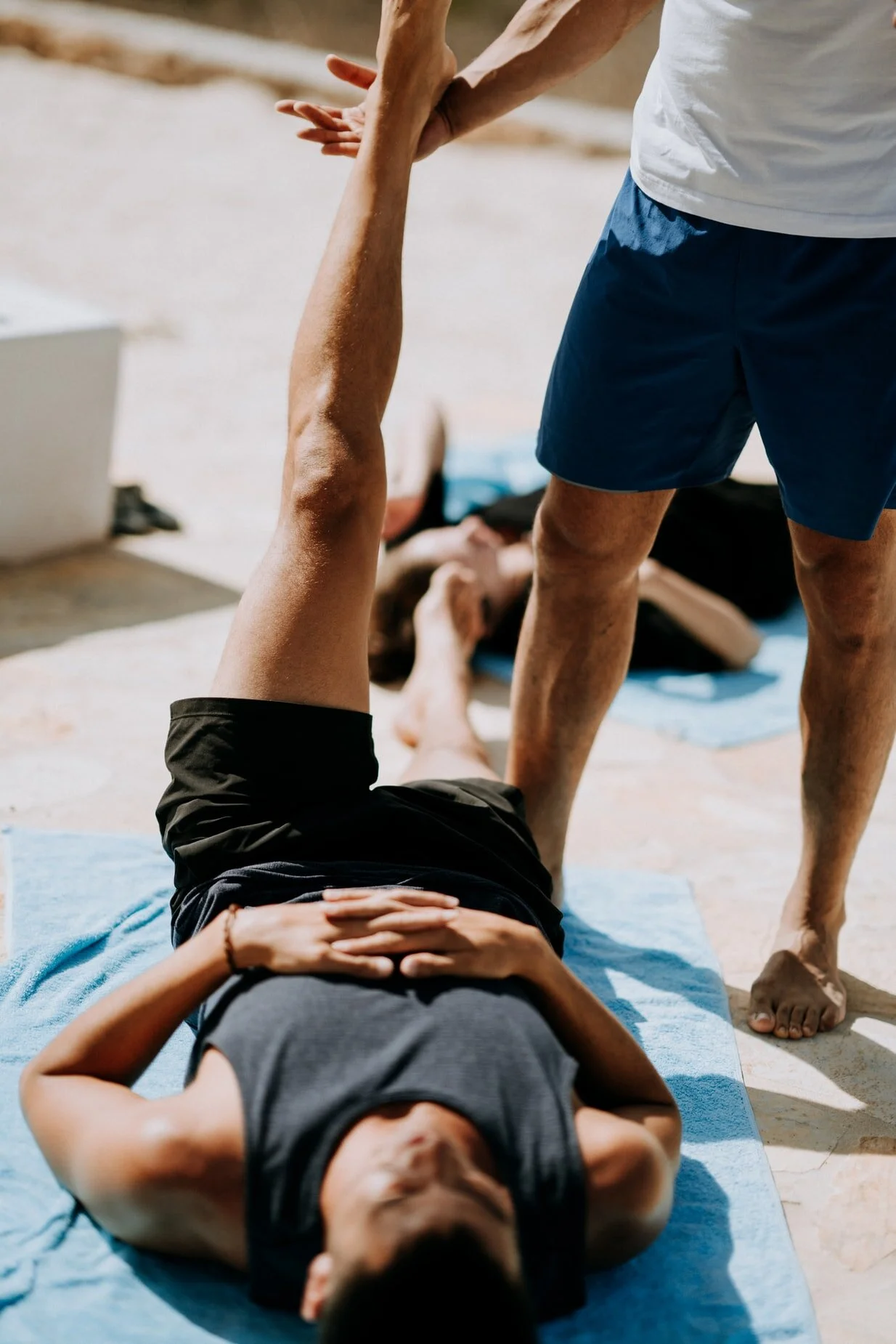1. What style of yoga do you teach? And, where are you located?
I teach Vinyasa, Yin, Core, and Spinal Balancing focused classes. I suffer from scoliosis, so yoga has had a huge effect on healing my body and balancing my posture.
I am located in Astoria, NY and teach in various locations, including Brooklyn, Queens, Manhattan, NJ, as well as live classes online.
2. What is your intention behind teaching?
For a long time I’ve hidden behind being the person without problems. Wanting to be present and strong for others, most likely because I needed to escape the issues which exist within my family. When I found yoga, it opened my soft side, it allowed me to be vulnerable.
I teach so that I can embrace being vulnerable, and encourage others to do the same. To me, teaching isn’t about “how good you are,” “how much you challenge or chase your students,” “how many walls you break,” or “the name you build.” To me, teaching is about touching the depths of yourself and sharing that with others, as well as receiving that same thing from your students.
To me, teaching is freedom. It’s poetry. The words, the ways I choose to phrase…like I’m plugged into some oracle box in the sky. When I teach it’s not polished, because life isn’t polished. When I teach it’s raw, soft, delicate, open, malleable—and because of that, it’s also strong, fierce, and transformative. I use this practice to unpack one’s hidden heart, hidden feelings, hidden vulnerabilities, hidden fears, and let all those things steer them home.
To me, teaching is about listening to yourself, but also your students. Hearing what they tell you, as well as what they don’t. It doesn’t take one shape and it’s spread across many planes. Yoga is the same. Yoga is not a class. It can’t just be in a class, and it exists so much further beyond that. It’s your life.
And when I teach, I bring that philosophy with me. Yoga is a philosophy, and it needs to be brought and taught outside of a lesson plan, outside a pose, beyond a one-hour class. Yoga has many messages that’ve touched my heart. Some have left hard scratches of truth, some have left a smooth healing glow, and others are to be unwrapped all together. But Yoga heals you. It heals the way you exist with yourself and the world. And this is the Yoga I teach. I am unique because I am me. And you are unique because you are you. When I teach, it is with the intention that what you take away brings you closer to yourSelf—and the Self that is in all things.
In order to know yourself you have to be with yourself. And once you can ruminate on that, it allows you to be a richer, more colorful you in the world. So many of us venture OUT into the world, but when do we venture IN? I spent a lot of my sad years venturing in when I didn’t want to be out in the world. And all that time inside with myself is what healed my sorrows, my pains, my anger, and frustration. I teach that everyone can do the same. Healing for the past, for the present, and for the future, all by being with yourself right now. This is how I teach: using YOGA as a means to become SAVVY with yourself.
3. Who are your mentors in yoga?
Stephanie Acosta & Sarah Hutchison
4. What have they taught you?
Stephanie: She has taught me how to be a powerful woman, to know what I deserve, to own my body, the space I’m in, and myself. Her heart is oh so big, and every time I leave her class or a conversation with her I’m better than before.
Sarah: She is always ready to push my boundaries and make me work harder. I don’t think I’ve ever taken her class without her saying “Just try it.” She always pushes me into the present when she says “This is your life. This moment. Don’t miss it.”
5. Please mention a book that you have read about yoga that has had a positive impact on you?
Light on Life by Iyengar. Every sentence in this book can be deciphered as a life long metaphor. It’s hard to put down, and is an endless conversation. Even when I reread passages I always find a new way to look at them. They always speak to me differently than before. And everything within it rings as pure truth.
One Simple Thing by Eddie Stern. This book is fairly new and I love how it dissects yoga on an internal and external levels. Stern brings both the worlds of anatomy and spirituality together so seamlessly, and explains how in order to live a fulfilling and meaningful life we must only do “one simple thing,” practice Yoga.
6. What lesson are you currently learning in your Asana practice?
How to adapt my practice when my body needs a rest. Which has lead me to the path of Yin Yoga. Especially practicing out in the park, nestled in the grass with nature.
7. How often do you practice?
Every day(!), usually first thing when I wake up, unless my body is crying out for rest. If I take a day off, it most likely will end up being a bad day, and I feel disconnected from myself and others. Yoga gets me to slow down and be with myself so that I can experience being with others, like no other.
8. How do you implement the other 7 limbs of yoga into your life other than Asana?
Whenever I teach, I try to touch on all the 7 limbs. When I became a teacher I made a vow that I would never teach yoga without connecting it back to it’s true meaning and why the practice is…what it is…why it is important. As a teacher, it is my responsibility to share the history and reason for our practice beyond what the modern world markets as Yoga.
9. Why is being present so important to you?
If you aren’t present with yourself, you can never be present to the world around you. It’s like when you’re sick—if you have a headache, pains and etc, you’re going to be self-consumed. There is no presence to that other than your ego. The presence I get through my practice allows me to see everyone, not just myself, and by doing that I can be of service to others: as a teacher, a mentor, a friend, a lover, and etc. Being present to both my internal and external worlds creates a fusion of Unity, where I can experience how life flows between both states; rather than being forced into experiencing one over the other.
10. How can we keep up with you on social media? What is your IG handle and/ FB name?
My website is the best for all info and upcoming classes. And always feel free to reach out with any questions via DM or email.
www.YogaSavvy.co
IG @Yoga.Savvy
FB @YogaSavvyStudio





















